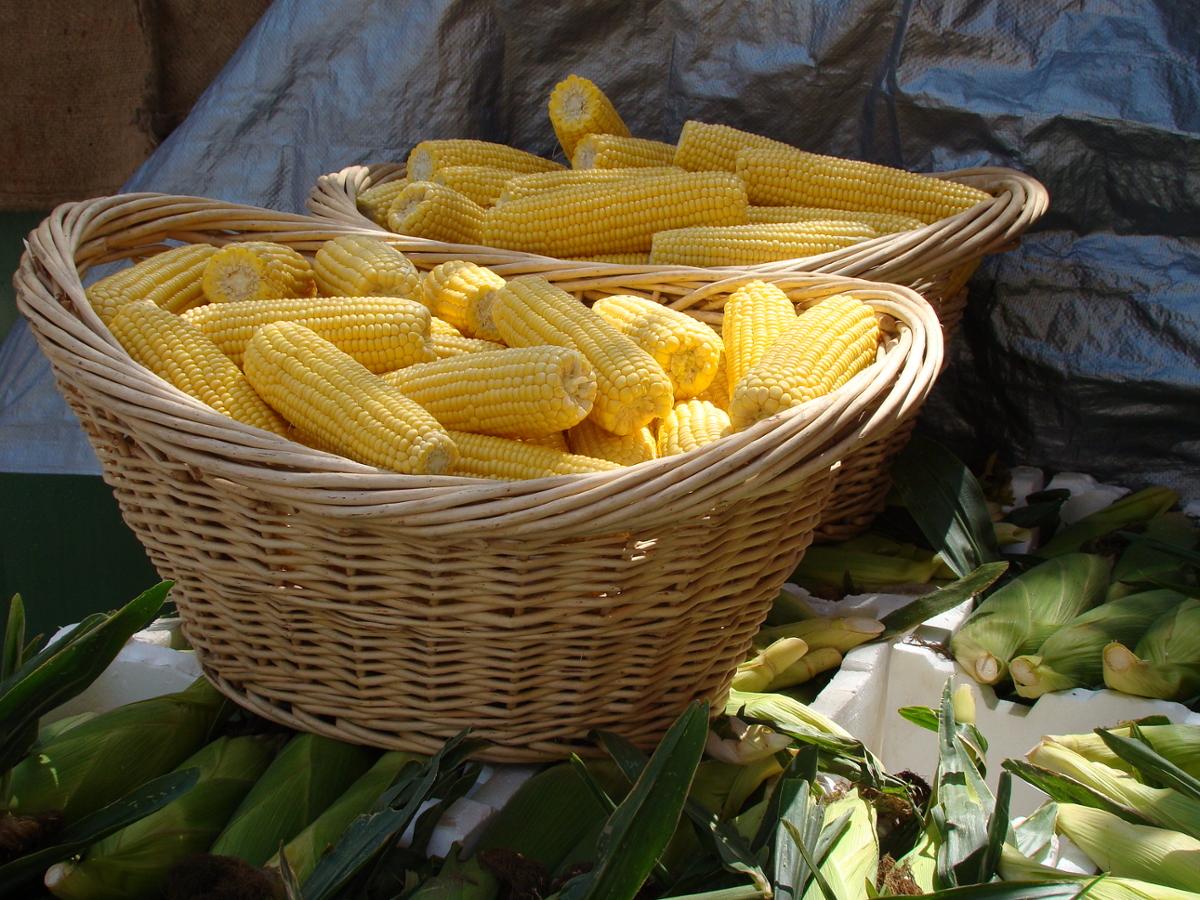Not much really compares to fresh picked sweet corn in the summer, and it turns out that there may be a very good scientific reason for why so many of us prefer farm-fresh corn.
It all has to do with sugar. The sweet corn most of us eat gets its sweetness from naturally occurring genetic mutations that differentiate it from what we call field corn. In field corn, the conversion of sugar into starch is an important part of the corn’s lifecycle, allowing it to resist diseases and pests as well as last longer after harvesting. However, that conversion of sugar into starch means that the corn is tough and hard to eat unless it has been specially processed. Sweet corn’s unique genetic mutations interrupt this process, allowing the endosperm—the storage tissue of the corn—to contain twice as much sugar as field corn.
After harvesting, though, that sugar is quickly lost because of sweet corn’s high rate of respiration, the process by which sugars are turned into energy. While the plant is growing, the corn can replenish the lost sugar, but after harvesting, it uses the sugar stored in the endosperm. Additionally, the corn’s respiration rate increases dramatically as its temperature goes above 50 degrees Fahrenheit. Left at room temperature about a third of the sugar in an ear of corn will be lost within 24 hours, though good refrigeration or cooling can slow this down. However, this might not be a problem forever, as scientists have developed “super sweet” corn which can be stored much longer and requires minimal processing to maintain its sweetness.










